“You can’t make a revolution with silk gloves” is the latest exhibition of Wilfredo Prieto, currently on display at kurimanzutto. About this project, baroque minimalism, the focus of ideas and more, is that the chilean artist Prem Sarjo talked with the cuban artist.
By Prem Sarjo | Images by Abigail Enzaldo – courtesy of kurimanzutto | Translation: Alexander Del Re
Who which knows, knows knows!
There is no doubt we are facing here a genius whose ability is manifested in the reconstruction not just in the ways of seeing but also doing, it is clear in both the work as in his answers, his remarkable command and dexterity upon the world he is giving us to our delight, as a huge mirror staring at us from eternity.
About the exhibition “you can’t make a revolution with silk gloves“ is this talk with the cuban artist Wilfredo Prieto, that runs until August 27th, 2016, in the kurimanzutto gallery, Mexico City.
Prem Sarjo: I was left thinking about the discussion of the legitimacy of contemporary art. Seems ridiculous (understandably) that such is the spark to ignite the debate regarding some of your work and not what is really happening in them in terms of thought. I would like you to elaborate on this.
Wilfredo Prieto: This is a logical consequence, first from the trivialization and widespread show of media and its commercial pressure; then there is some responsibility also from the arts education system.
PS: It is clear that the market is something very different to art. Thinking of a standard viewer who remains ignorant, stunned by the media which is of no help to knowledge, I wonder about the idea of selling your drawings or sketches of ideas, how does it contribute to anything?
WP: The artist, as a carpenter or a doctor lives of his/her work and the sale of the works responds in the same way as in other areas.
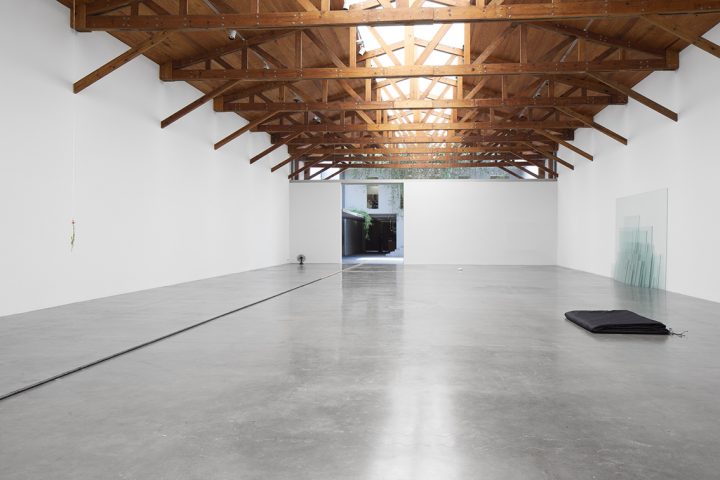
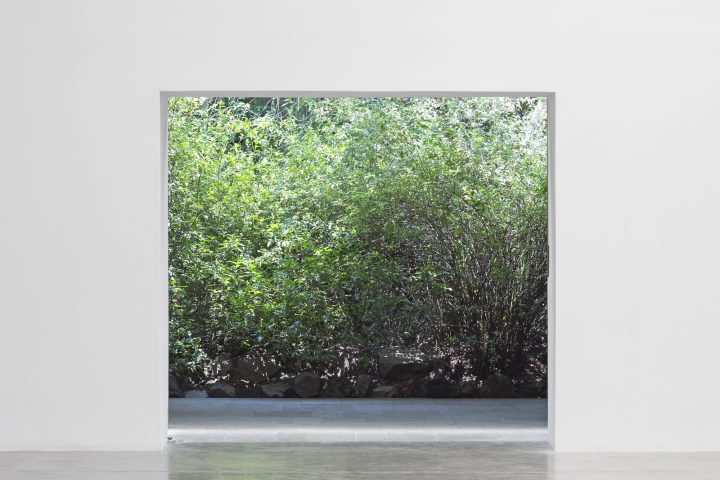
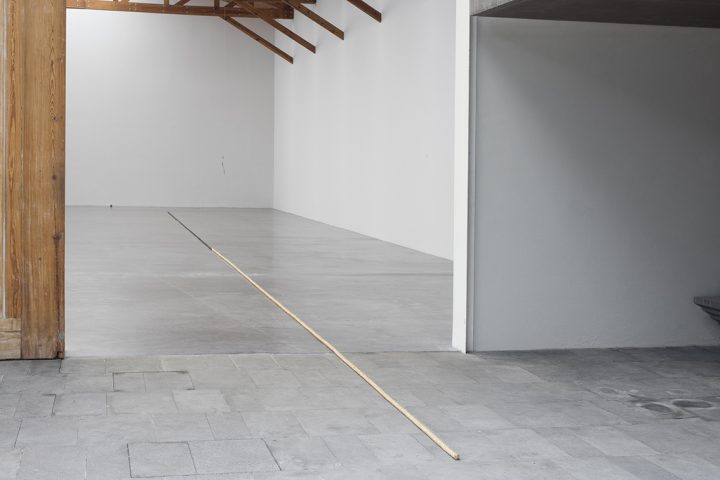
PS: While irony, absurdity and humor are elements of your language, sometimes they can make you trip. I like it when this happens, because if we realize we can refine the aim, don’t you think? I say this regarding what we talked about how a work is re-articulated until it is closed, as in the case of “to be, to have, to seem”.
WP: I like to have a margin of tripping. It is always good that the work has resources and surprises that change the work itself. I think it’s the only way that a work takes me to another one and ultimately these language problems are helping us to rethink and to evolve.
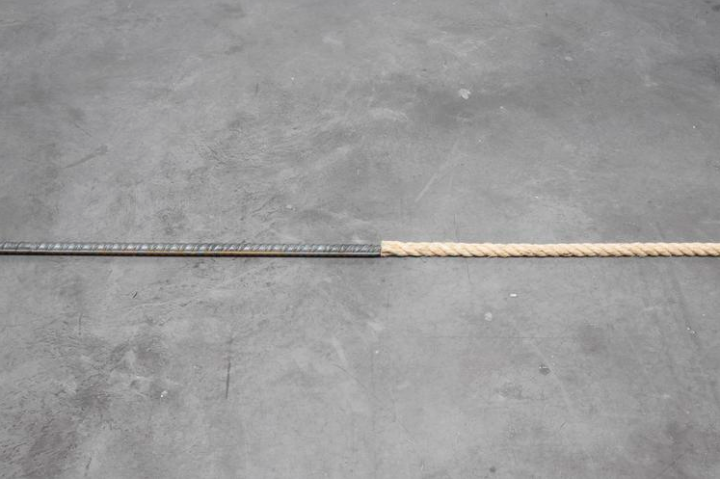
“It is always good that the work has resources and surprises that change the work itself. I think it’s the only way that a work takes me to another one and ultimately these language problems are helping us to rethink and to evolve.”
PS: Another thing that keeps in my mind is when you say about the philosophical and political issues in your work and how they came from everyday situations … it’s like its textuality is “philosophized” from common language … if you know what I mean. I would like to reach its semantics and semiotics through the importance of titles within the concept of authorship, in fact, they are part of the work as much as his objectivity. The title is always the element that re-signifies the object, which erases its vulgarity. What do you think?
WP: Yeah that’s right. It is a communicative need. I associate deeper thoughts with everyday life and thus it condenses into a thought of wisdom. While the titles are very important in my work, and the relationship between signifier and signified is very relevant, titles depend on the needs of each piece, because the title not in every case eliminates the commonness of an object; many of the works have no title and in other cases they are merely descriptive to underline the ordinariness of its elements.
“I associate deeper thoughts with everyday life and thus it condenses into a thought of wisdom.”
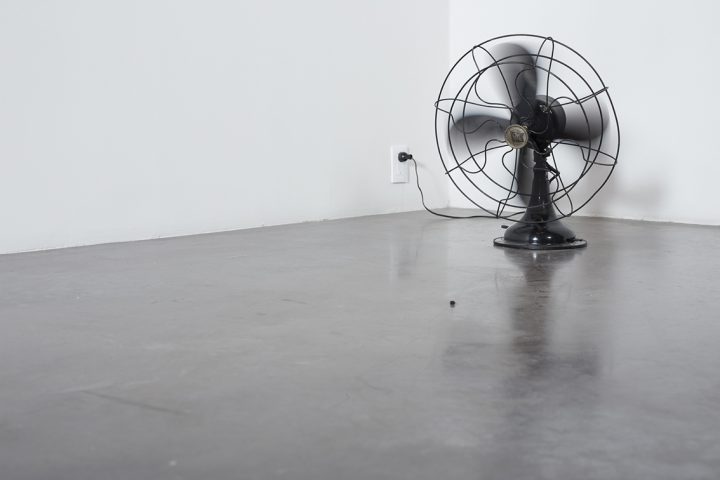
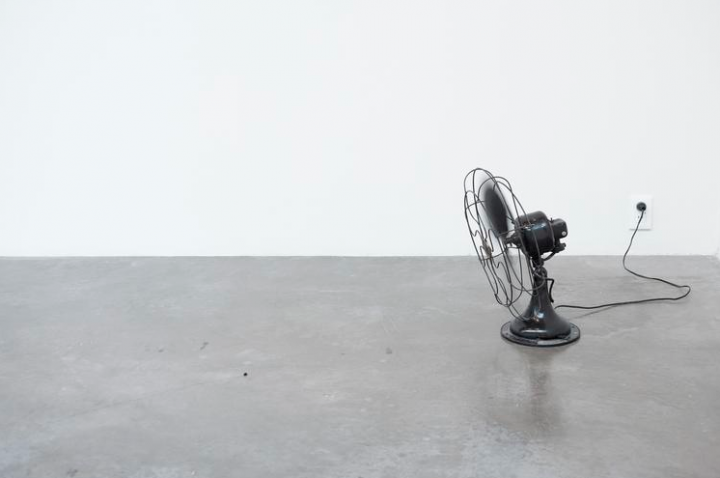
PS: I also like thinking that what there is at a site – as elements – can become as construction of a thought. Then, could you talk a little about the series of works presented in kurimanzutto fit into the title of the exhibition?
WP: This is more of a curatorial nature encompassing more specific conditions; part of a relationship with the exhibition space, with a particular context that carries a selection and a dialogue between the works displayed in this exhibition that also make a link leading you towards a political and social discourse.
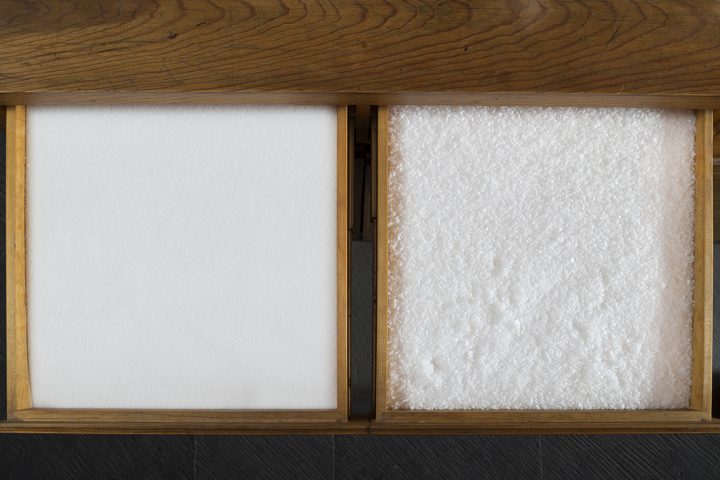
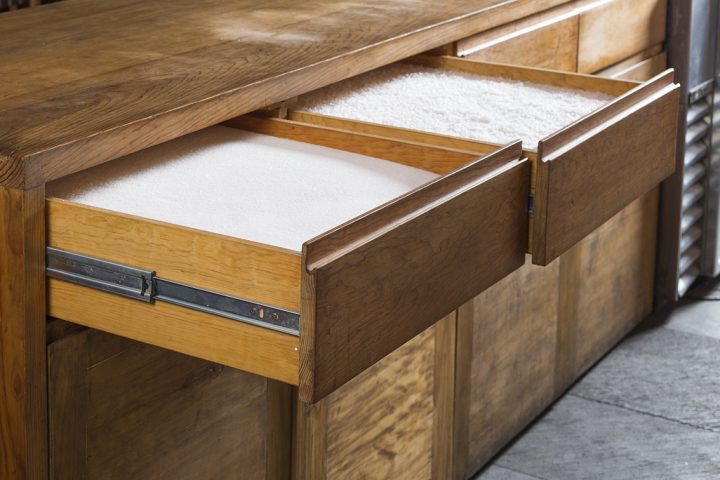
PS: It is interesting that the object ends up being a sort of footprint and the relevance of your artistic gesture remains as a result of an act of conscious creation in shaping the process. Can you comment on how this process is set up?
WP: Each work is autonomous and each piece has its own process, therefore I can’t find a unique way to explain this configuration. Each process has its own footprint; each equation is different for autonomous results to be created.
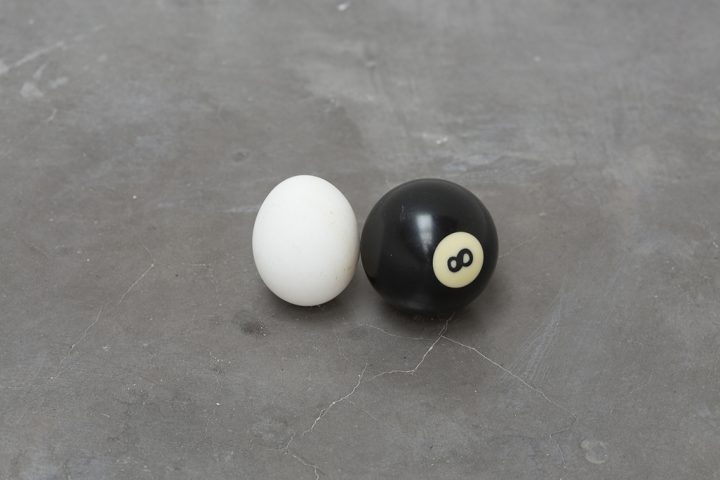
“Each work is autonomous and each piece has its own process, therefore I can’t find a unique way to explain this configuration. Each process has its own footprint; each equation is different for autonomous results to be created.”
PS: In relation to the concept that ideas are floating, that no one owns them, I completely agree. But I keep thinking about the large number of good ideas poorly developed we often see. Here I think is fundamental to understand the common premise that we are seeing the artist (our work, our nature) as a thinking being. In the end the ideas are of those who achieve them. Could you dig a little about your view on this?
WP: Ideas are all around us and our work is to point at them, focus on them. Our guiding sensitivity leads us to reveal contents that already exist in reality. So I consider myself a realist artist who reflects on the reality with materials and elements belonging to it.

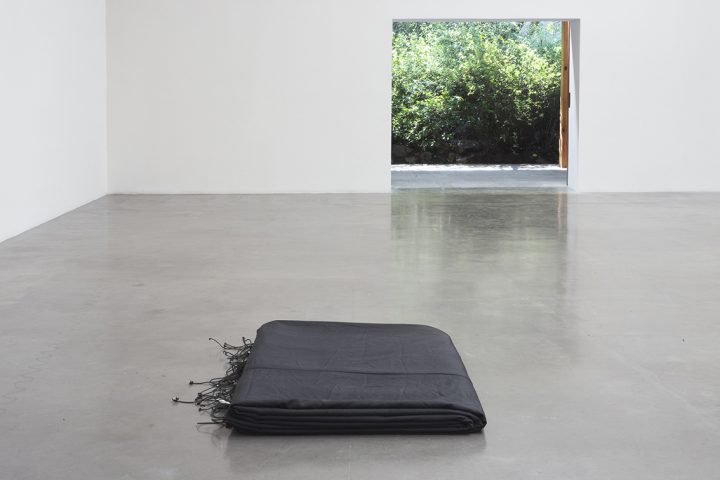
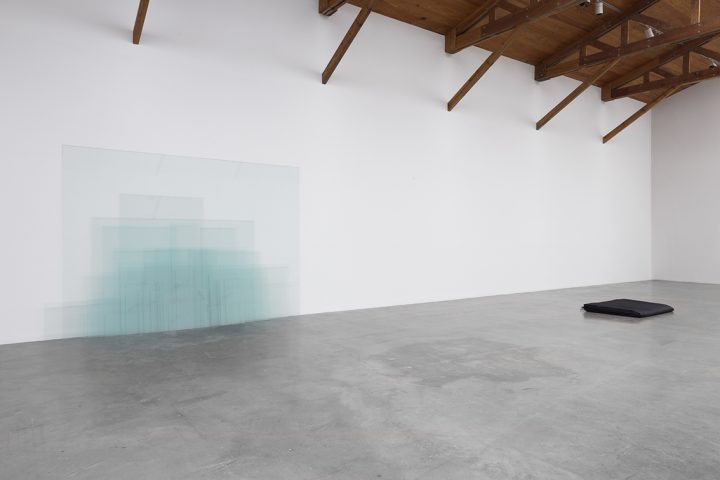
“Ideas are all around us and our work is to point at them, focus on them. Our guiding sensitivity leads us to reveal contents that already exist in reality.”
PS: I understand how unsettling it is for someone who knows nothing about contemporary art when the artistic gesture is the hallmark of authorship. Especially in this age of information and confusion, where the effectiveness of language is intermingled with media and his vehement struggle to blindness. Yet your work is able to cancel this noise. You told me about this relationship between the real world and the exhibition space, of subtle changes. I’m interested in how this relation transfer reflects on reality from its reconstruction. In this case the show is a clear example of this refinement, of your unique way of seeing.
They talk about your work as a baroque minimalism. I do not see the baroque in it, do you?
WP: This concept was used by an art critic to describe my work in one of his texts. I think the definition attempts to state that with minimum resources you get maximum meanings: from a simple and clear formal look complexities can be exposed.
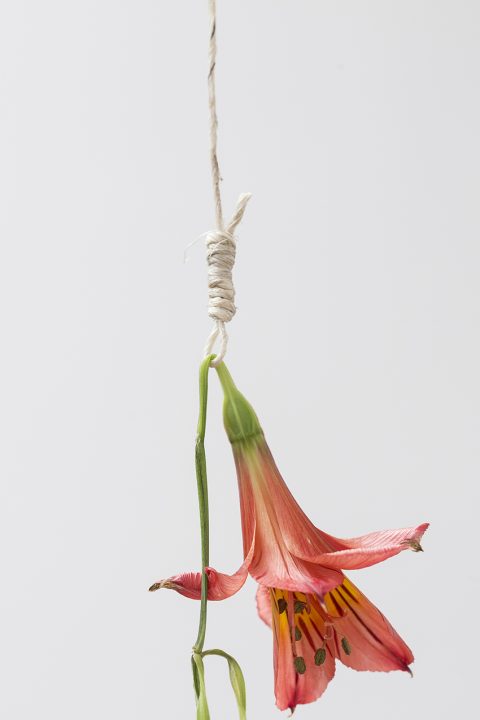
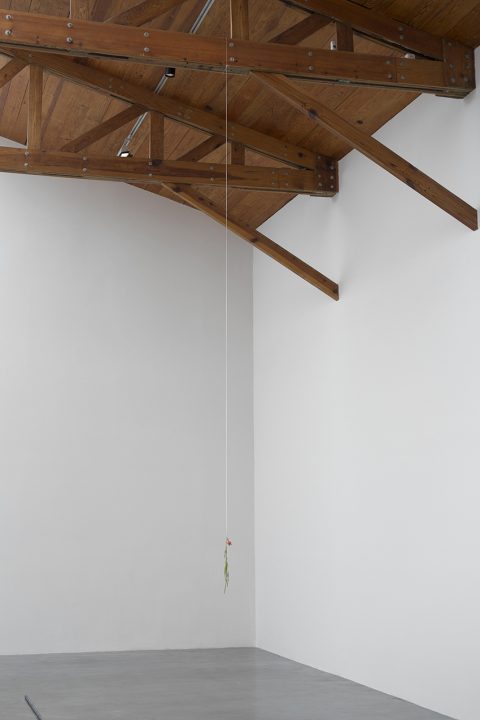
PS: We have already talked about that content is within content, but only this philosophical linguistic ruse allows to value a new reading to re-signify what things are, that usually runs out after its use or consumption. Here things stay, and they keep talking for a while. While seeing the works I have a sense of eternity hanging around. Seemingly harmless works but extremely complex in their significance, which are pointing to the basic questions of high-end art. Who are we? Where we come from? Where we go?
How do you see these questions answered from a content that is already contained? I ask this again because for me it is very clear that here, behind this powerful work, there is a man who reflects on his own concerns.
While you try your works as not belonging to you, carrying nothing to be recognized as yours, still it can be seen through your entire body of work a particular way of handling the visual language. I can recognize you. In this sense it seems like a contradiction. How do you see such dichotomy?
WP: Yes, that’s the most complex to achieve, it is what we would aim, but obviously there are many ties from training, innate, psychological ties, from aesthetic prejudices, cultural ties…
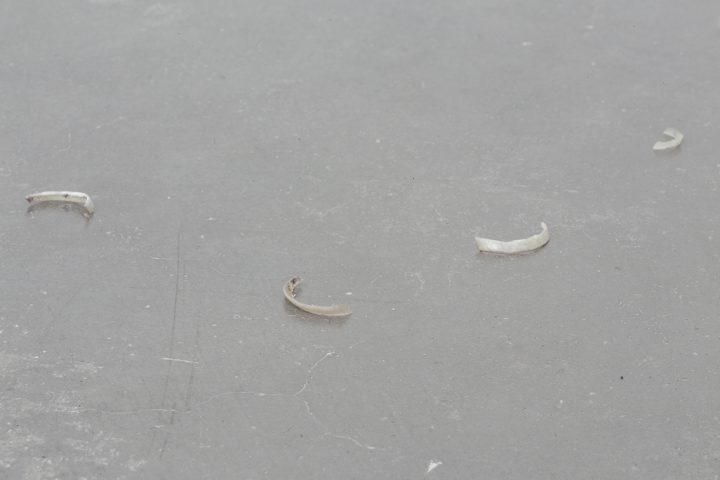
PS: It is clear that you want people to think while facing your work. The work is asking the viewer, which is engaged in a dialogue with it, with or without knowledge from their direct experience with these tremendously magnetic and captivating results. Do you think this is because your ideas come from everyday experiences to activate new contents found in the same context?
WP: Yes, I try to adhere to the idea of estrangement from Bertolt Brecht, giving to the audience the opportunity to think objectively and critically about what happens daily in reality, no longer the temporal and emotional lapses required to develop thoughts about what happened in our experiences.
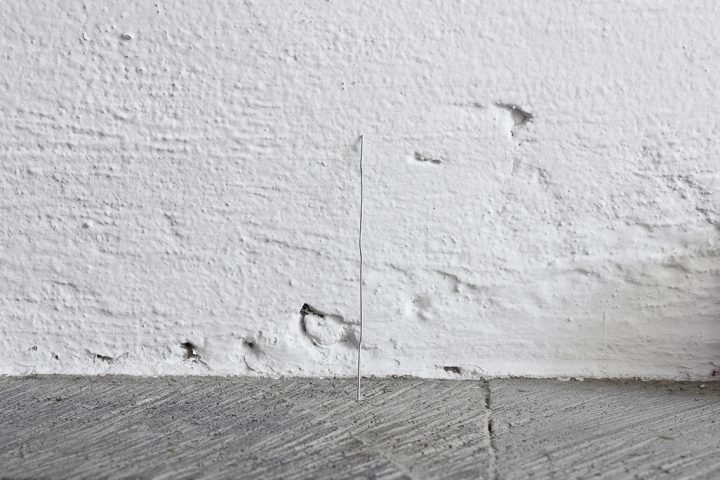
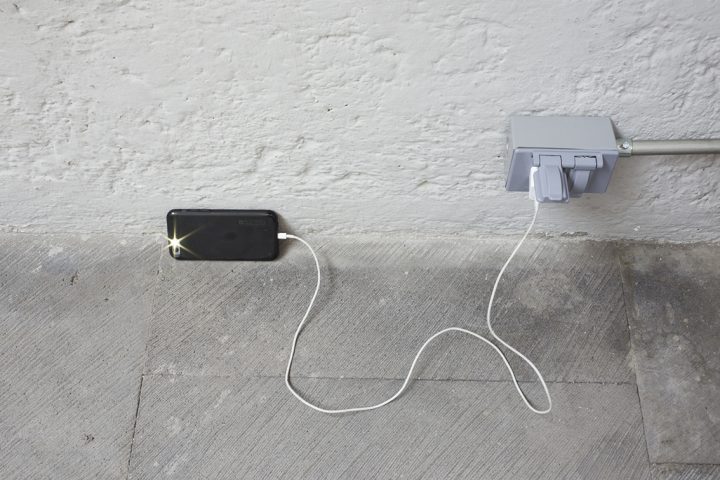
“It makes no sense to talk about political correctness, I think it’s much more interesting to talk about everything that can be seen from a different perspective with a critical distance.”
PS: Don’t you think this peculiarity of the result itself (of that narrative force) eliminates the lack of knowledge and opens up a bridge of intellectual and sensitive communication?
WP: Yes.
PS: You told me that talking about what we know and what we are comfortable with makes no sense. What do you want us to think now?
WP: I meant that it makes no sense to talk about political correctness, I think it’s much more interesting to talk about everything that can be seen from a different perspective with a critical distance.
PS: Definitely, you can’t make a revolution with silk gloves.
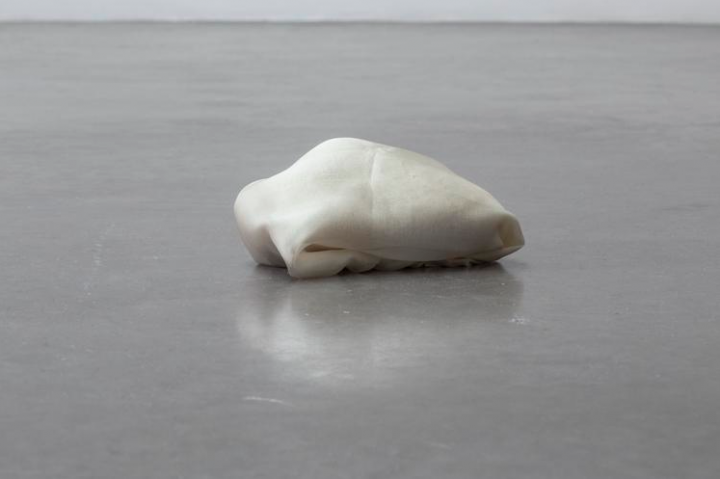
you can´t make a revolution with sill gloves
Wilfredo Prieto
May 28th – August 27th, 2016
kurimanzutto
gob. rafael rebollar 94, col. san miguel chapultepec 11850, méxico d.f.
Images
1. installation view of you can’t make a revolution with silk gloves, kurimanzutto, mexico city, 2016
2. installation view of you can’t make a revolution with silk gloves, kurimanzutto, mexico city, 2016
3. to be, to have, to seem, installation view of you can’t make a revolution with silk gloves, kurimanzutto, mexico city, 2016
4. to be, to have, to seem
5-6. dancing hair with raisin
7-8. the no name salt and the maldon, salt
9. egg and 8 ball
10. transparent, dark, dirty
11. folded curtain, installation view of you can’t make a revolution with silk gloves, kurimanzutto, mexico city, 2016
12. installation view of you can’t make a revolution with silk gloves, kurimanzutto, mexico city, 2016
13-14. news that does not sell
15. 10 fingers
16. no more clip
17. over the flowing water chasing its shadow, the dragonfly
18. stone with silk

 Español
Español